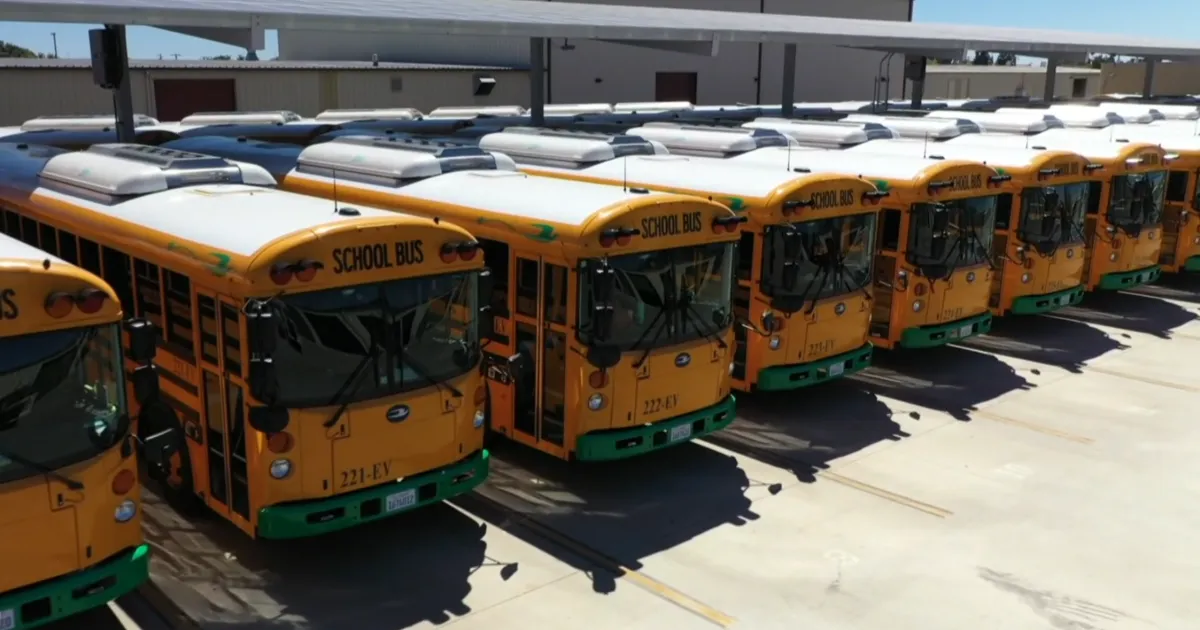School Bus Electrification: Understanding the EPA's $5 Billion Drive for Electric Vehicles in California

The EPA's Commitment to Electric School Buses
This back-to-school season, the list of electronics includes not just laptops and calculators but something a little bigger—the school bus. Nearly 200,000 of the more than 25 million students who take the bus in the U.S. will catch an electric battery-powered ride this year, according to the World Resources Institute. WRI’s data analysis finds that over 800 school districts in the U.S. have at least one electric bus on the road, and funding is secured for about 12,000 more—about 2.5% of the nation’s nearly 500,000 school buses.
Challenges and Solutions
However, at a cost of around $350,000 per bus, districts say they would not be able to fund new fleets, including buses and charging infrastructure, out of their own budgets. A $5 billion cash infusion from the Environmental Protection Agency, passed as part of the bipartisan Infrastructure Investment and Jobs Act in fall 2021, is a boost for electrifying fleets. Federal grants have funded over two-thirds of committed electric buses. Some states have helped fill additional gaps, including California and Massachusetts.
The Benefits of Electric School Buses
School buses are ideal for electrification, explained Leah Stokes, an associate professor at the University of California, Santa Barbara. Electrifying school transportation not only reduces emissions but also supports educational initiatives in cleaner environments.
This article was prepared using information from open sources in accordance with the principles of Ethical Policy. The editorial team is not responsible for absolute accuracy, as it relies on data from the sources referenced.